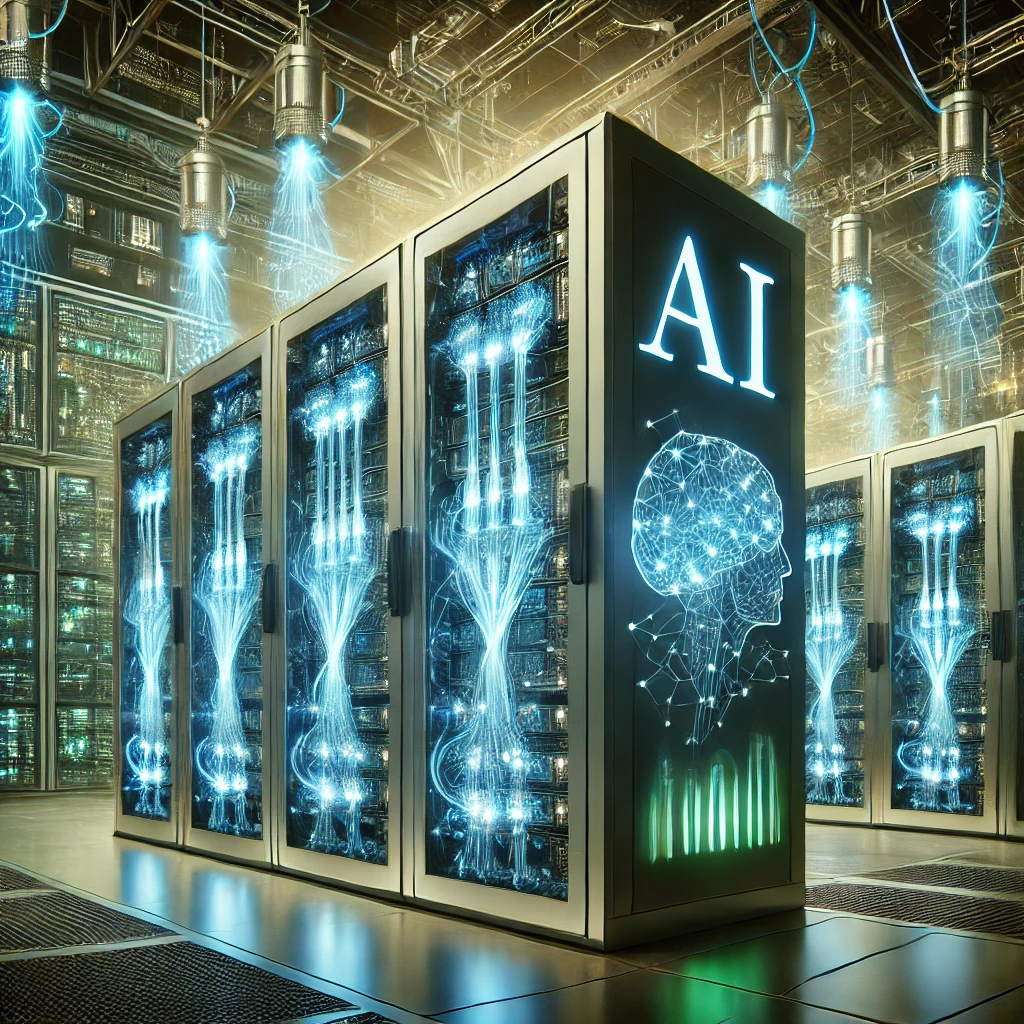September 2024—Elon Musk, the visionary entrepreneur behind Tesla, SpaceX, and X (formerly Twitter), has unveiled plans for the development of a groundbreaking 500 megawatt (MW) power and cooling supercomputer. This advanced machine aims to accelerate breakthroughs in artificial intelligence (AI), machine learning, and a range of other high-performance computing tasks. Musk’s latest venture promises to revolutionize the supercomputing landscape, with plans to upscale to the full 500 MW capacity by 2026.
Building Toward a 500 MW Supercomputer
During a press briefing, Musk explained that the supercomputer, currently in the early design stages, will be deployed incrementally, reaching the 500 MW target by 2026. “We need this kind of computational power to meet the demands of the next generation of AI and autonomous systems,” Musk said. “By 2026, we’ll have the infrastructure in place to support 500 MW of power, with energy-efficient cooling technologies that will push the boundaries of what’s possible.”
This ambitious scaling plan highlights Musk’s confidence in the project’s potential and in his ability to harness both traditional and renewable energy sources to power such a massive system.
Addressing Power and Energy Efficiency Challenges
One of the central challenges of large-scale supercomputing is energy consumption. Currently, the world’s most powerful machines require tens of megawatts of electricity, which can be costly and environmentally taxing. However, Musk’s plan promises to be different. The supercomputer will integrate Tesla’s renewable energy technology to maximize efficiency and sustainability.
Musk has indicated that the system’s power and cooling mechanisms will be among the most advanced in the world, combining cutting-edge heat dissipation techniques with renewable energy sources such as solar power. “Our goal is to build not just the most powerful supercomputer, but also the most energy-efficient one,” Musk noted.
Environmental and Strategic Implications
Given Musk’s commitment to sustainability, it is expected that much of the supercomputer’s energy will come from renewable sources, similar to Tesla’s solar-powered projects. The cooling infrastructure, essential to preventing overheating in such a powerful machine, will likely utilize innovative technologies, possibly including liquid cooling systems or advanced AI-driven cooling algorithms.
Aside from the environmental benefits, Musk’s new supercomputer also carries significant strategic importance. By becoming a leader in high-performance computing, Musk’s various ventures, including Tesla’s autonomous vehicle program and AI-driven platforms like OpenAI, will gain a significant competitive advantage.
Location and Timeline
The project, while in the early stages, is expected to be located in an area with sufficient energy infrastructure to support its demands. Musk has hinted that Tesla’s energy storage systems, which already power regions with renewable energy solutions, could play a role in supporting the massive electrical needs of this supercomputer.
With an ambitious goal of scaling up to 500 MW by 2026, the project will roll out in phases. Initial power requirements will likely be lower, growing year by year until full capacity is reached.
Future Applications
The applications for Musk’s supercomputer span a wide range of industries, including:
- AI Development: Accelerating advancements in AI research and machine learning, pushing the limits of current neural network models.
- Autonomous Driving: Powering real-time data analysis and enhanced decision-making for Tesla’s autonomous vehicle technology.
- Scientific Research: Providing the computational power needed for cutting-edge research in climate science, healthcare, and genetic studies.
- Space Exploration: Supporting SpaceX’s simulation and modeling needs for missions to Mars and beyond.
Industry leaders are already recognizing the significance of Musk’s project. Dr. Lisa Chen, an expert in AI systems, stated, “Elon Musk has a unique ability to scale up projects at a pace that few others can match. This supercomputer will set a new standard in both power and efficiency, opening the door to computational possibilities we’ve only dreamed of.”
The Road Ahead
Elon Musk’s supercomputer represents yet another bold move in his mission to push the frontiers of technology. By 2026, with a 500 MW system in place, Musk’s vision will likely transform industries ranging from AI to space exploration. As the project moves forward, the tech world is watching closely, anticipating the next revolutionary breakthrough in high-performance computing.



